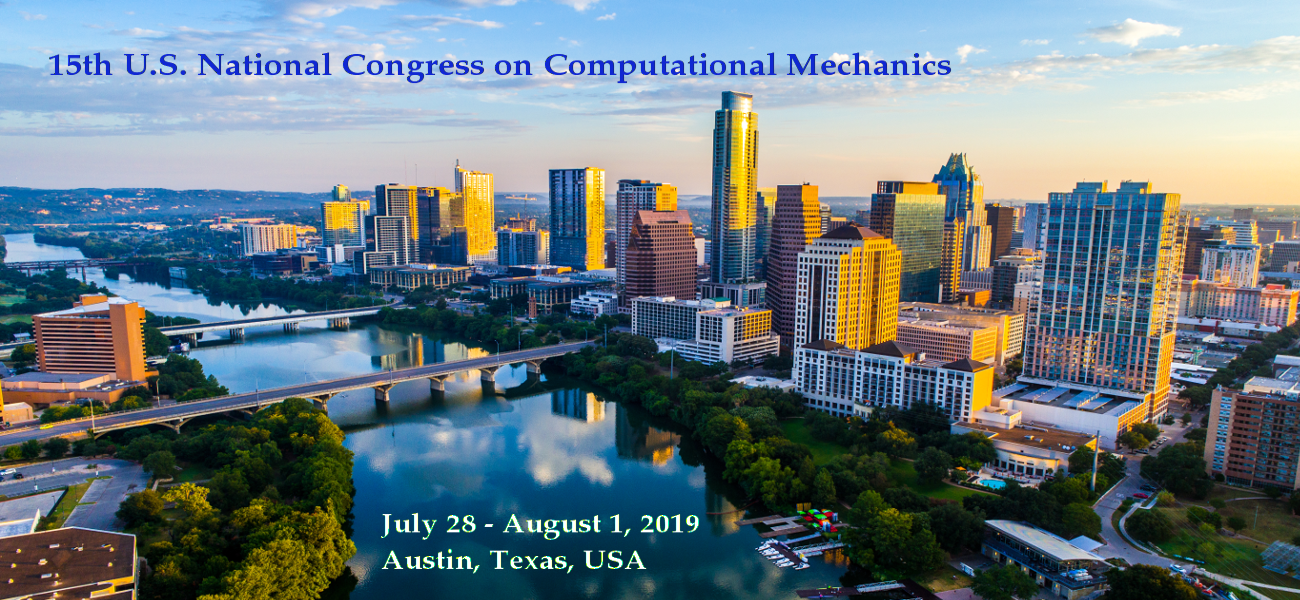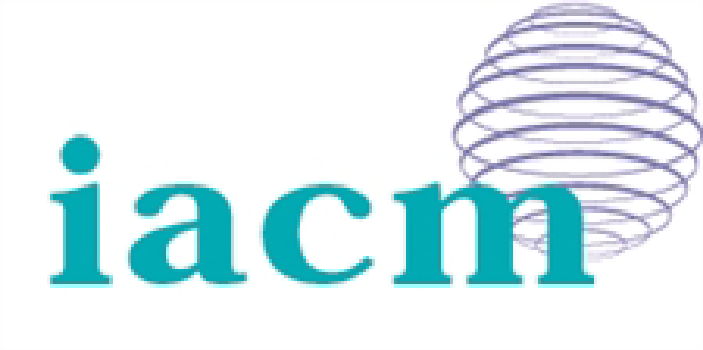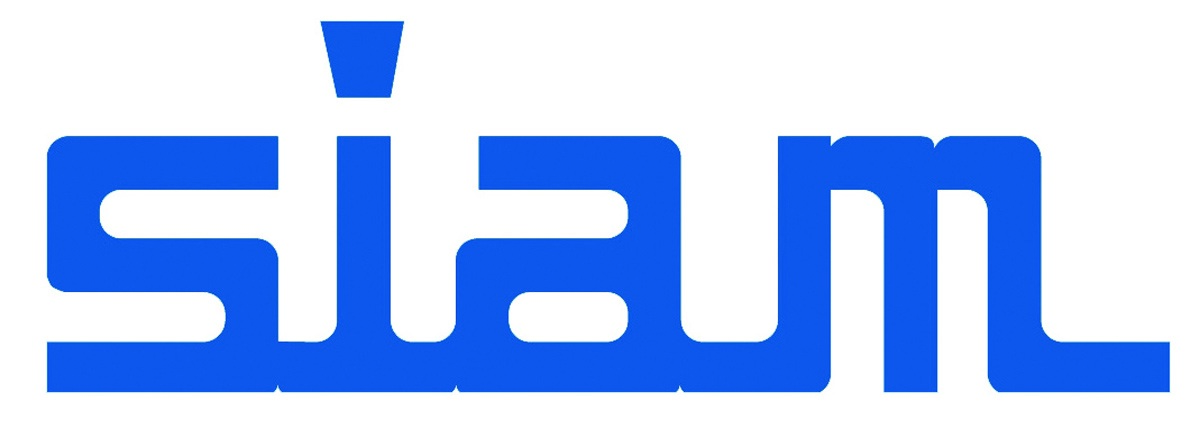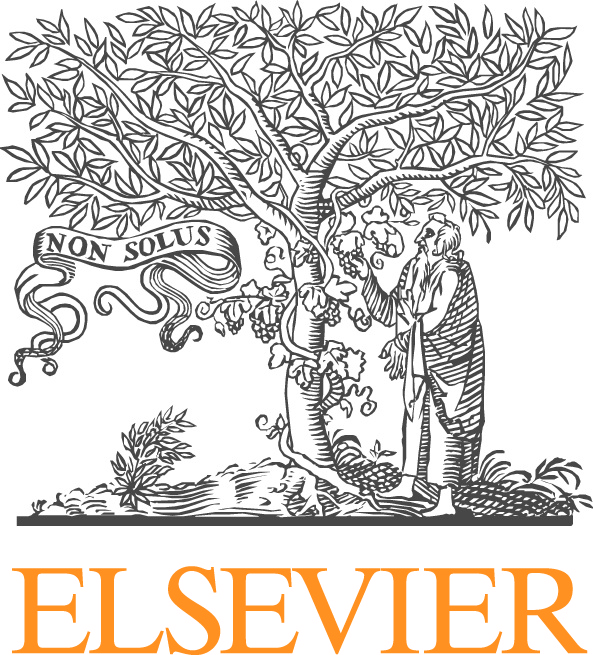The peridynamic theory is a generalization of the standard theory of solid mechanics that is compatible with the physical nature of cracks as discontinuities. It uses integral rather than differential equations in its formulations of the momentum balance and material models. It thereby avoids the mathematical difficulty of applying a partial differential equation directly on a singularity. This generality permits the peridynamic model to treat growing fractures and their mutual interaction within its basic field equations. These equations lend themselves to a straightforward meshless discretization that, like the field equations, is compatible with discontinuities. This discretization is used in most peridynamic software, although Discontinuous Galerkin and other approaches can be used too.
In its first twenty years of development, many fundamental issues in peridynamics have been explored and clarified, including the well-posedness of certain classes of problems with or without crack nucleation and growth. Peridynamics has found its way into commercial software tools such as LS-DYNA as well as special-purpose codes at universities, industry, and government. It is being applied to a wide spectrum of problems that go well beyond what was envisioned at its start twenty years ago. These current applications include progressive failure in composites, impact and fragmentation, fatigue failure, corrosion, nanoscale mechanics of graphene, powder compaction and sintering, fluid-structure interaction, fracking, solitons, shock waves, and even the spread of cancer cells. Because the peridynamic equations are strongly nonlocal, they can incorporate material models that have no analogue in the standard theory. Researchers have investigated rigorously the convergence of the peridynamic equations to the standard PDEs as well as the accuracy and convergence properties of the commonly used meshless discretization.
This talk will give a brief historical perspective on the growth and status of peridynamics, including the basic continuum theory, numerical methods, and a survey of well-established and new applications. I will offer my impressions of the strengths and weaknesses of the method based on my observations of the collective experience of the peridynamics community and others over its history.







